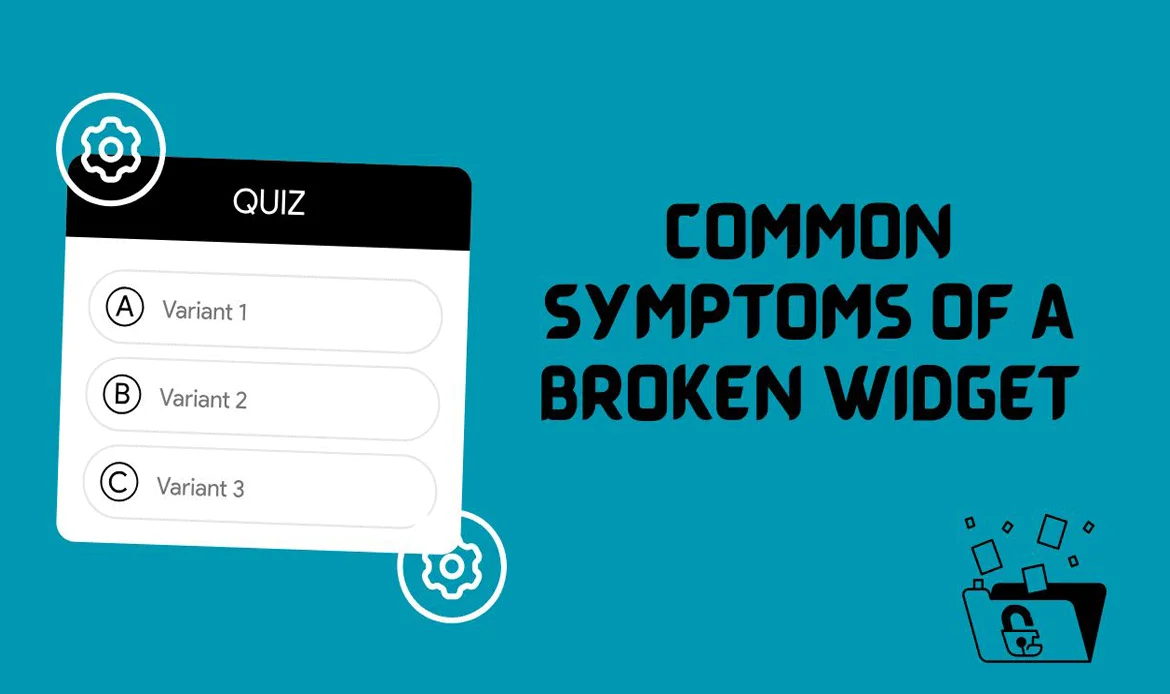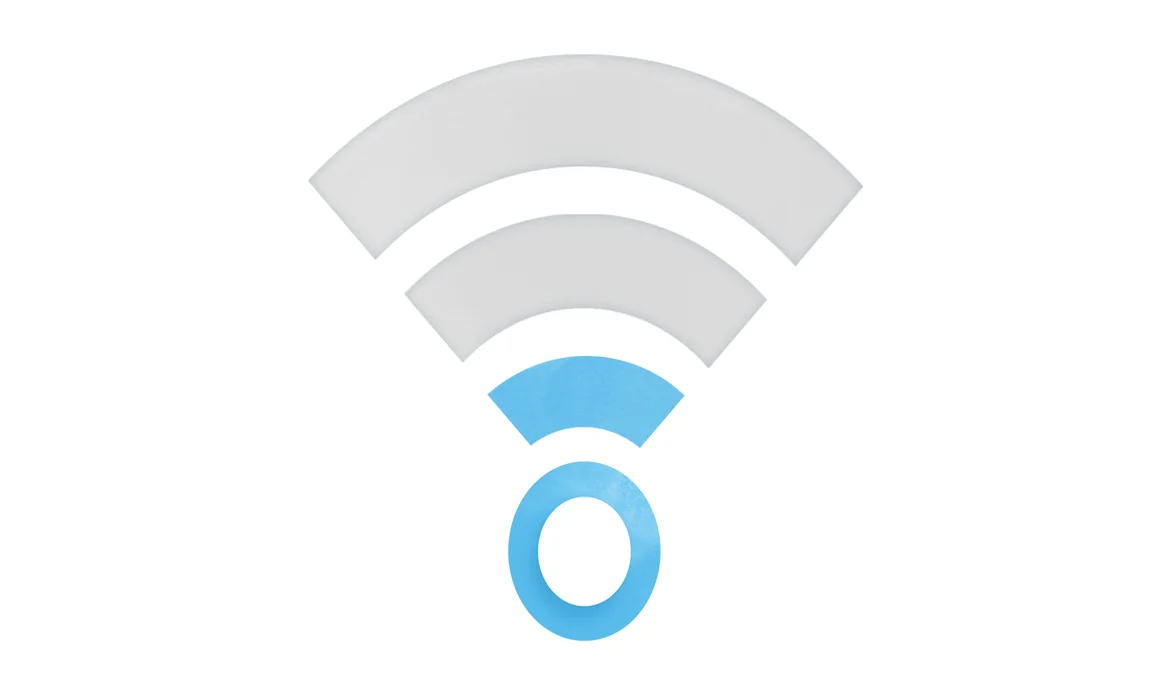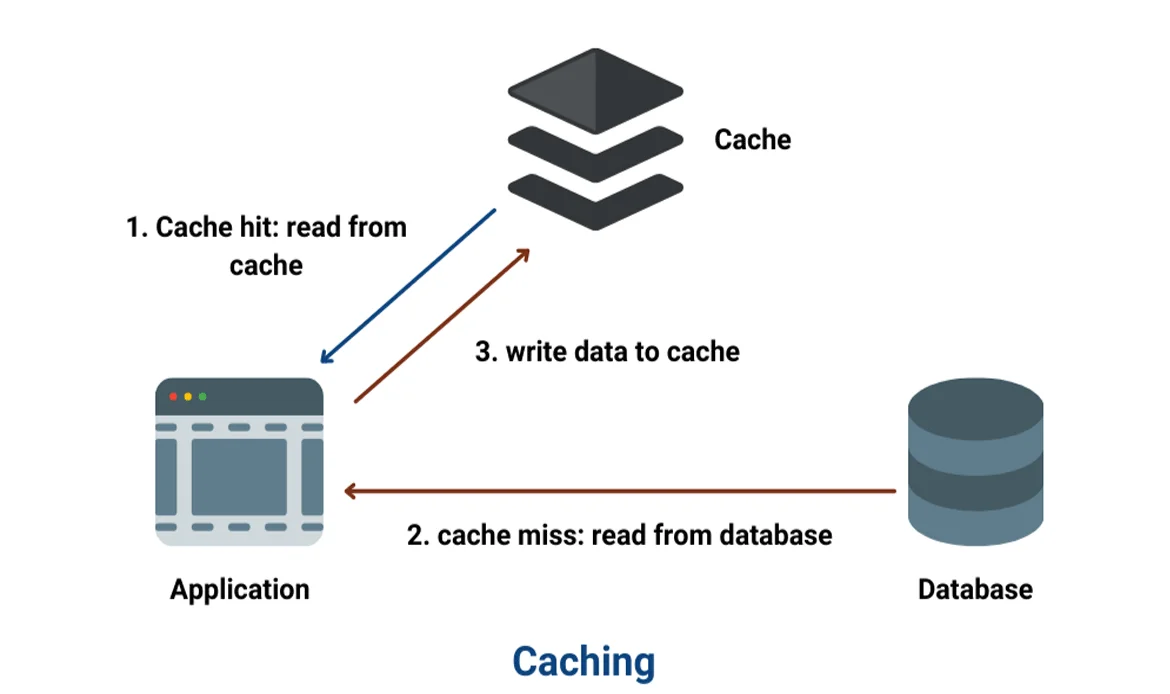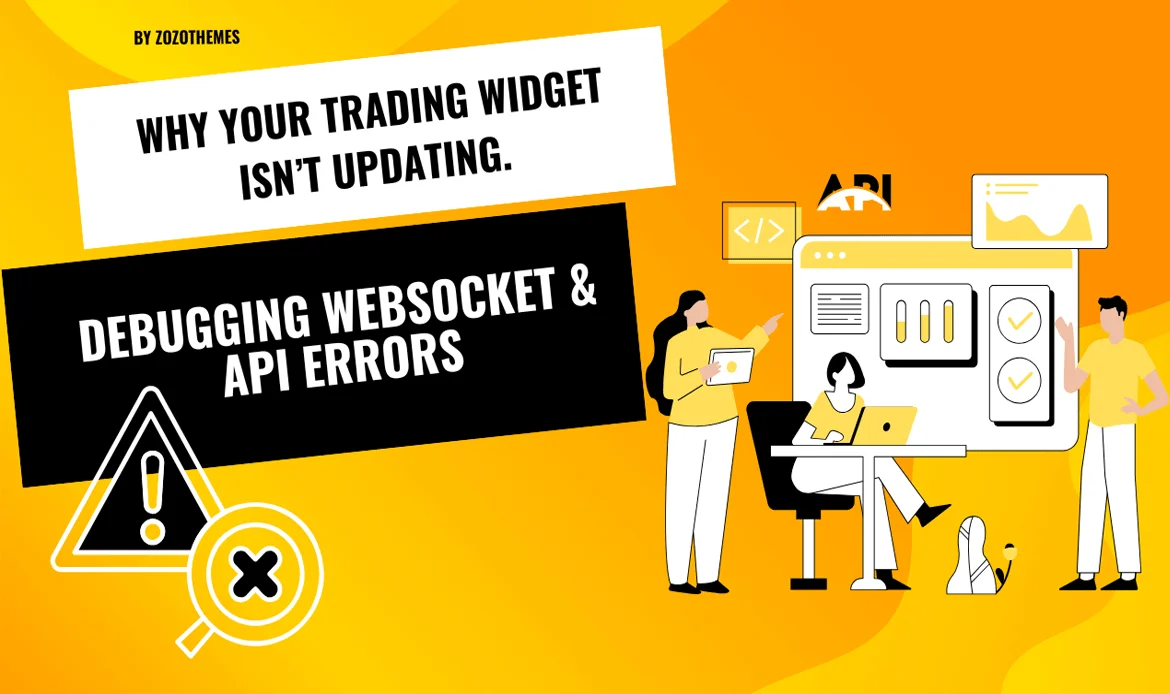To debug trading widget issues effectively, it’s essential to understand why your widget isn’t updating in real-time. Trading widgets rely on WebSockets and APIs to deliver live data, and any disruption in these connections can cause your widget to freeze or display outdated information. In this guide, we’ll explore the most common causes behind these issues and provide step-by-step solutions to help you troubleshoot and restore your widget’s functionality.
Real-time trading widgets are at the heart of every successful investment platform, whether you’re tracking stock prices, crypto trends, or forex movements. But what happens when your trading widget suddenly stops updating?
Welcome to the complete debugging guide for 2025 — packed with developer-friendly solutions, SEO-rich insights, and unique troubleshooting tips for WebSocket and API-related issues.
Resolve Real-Time Data Issues in Trading Widgets
1. Understand How Trading Widgets Work (Under the Hood)

Before diving into bugs, know the flow:
- WebSockets push live data to the frontend (ideal for prices, charts, volumes) — crucial when you need to debug trading widget issues related to real-time updates.
- APIs (REST or GraphQL) are used for fetching static/delayed data.
- JavaScript bridges the gap via event listeners or AJAX polling.
If your widget breaks, 90% of the time it’s due to WebSocket or API communication failure.
2. Common Symptoms of a Broken Widget

You might notice:
- Price ticker is frozen
- Charts not loading
- No data available errors
- UI keeps buffering or shows old timestamps
These aren’t just annoying—they’re credibility killers for trading platforms.
3. WebSocket Connection Errors (The Silent Killer)

WebSocket disconnects silently when:
- Your server goes down
- Ping/pong heartbeats fail – often a sign you need to debug trading widget real-time issues
- User switches tabs (browser throttling)
Check in DevTools → Network → WS to see real-time connection logs.
Fix it:
Use a WebSocket auto-reconnect function with exponential backoff to maintain connection even after a drop.4. API Authentication Token Expired

Many platforms use:
- JWT (JSON Web Token)
- OAuth 2.0
- API keys
If your token is expired or incorrect, the widget receives empty responses or 403 Forbidden.
Fix it:
Refresh tokens on time, store them securely in cookies/localStorage, and verify server-side expiry.5. You’re Hitting API Rate Limits

Big trading APIs like:
- Binance – popular API that may need troubleshooting if you’re experiencing issues with your widget.
- Alpha Vantage – ensure you’re correctly integrating their API to avoid disruptions in your debug trading widget process.
- IEX Cloud – a reliable data provider, but any connection issue could cause real-time data interruptions.
all have rate limits. If you exceed them, your widget might get blocked or throttled.
Fix it:
Cache responses, queue API calls, and upgrade plans if needed. Always check API usage logs.6. JavaScript Errors Crashing Your Widget

The entire widget can break due to a small script error:
js Copy Edit Uncaught TypeError: Cannot read property 'price' of undefined
Use try…catch around your WebSocket and fetch logic. Also, check the console regularly in Chrome DevTools.
7. Mixed Content or CORS Policy Block

Embedding an HTTP API in an HTTPS site triggers browser warnings.
Solution:
Configure proper CORS headers on the API server:
http Copy Edit Access-Control-Allow-Origin: *
Use a reverse proxy if needed (e.g., via NGINX or PHP middleware).,
8. Your Data Source Is Offline

APIs or socket servers can go down due to:
- Server overload – can slow down response times and disrupt data updates.
- Maintenance – may cause temporary outages, prompting the need to debug trading widget performance post-maintenance.
- DNS errors – can block API/WebSocket connections, leading to data fetch failures.
Monitor real-time uptime using tools like:
- UptimeRobot
- Pingdom
- StatusCake
9. Using Wrong WebSocket Endpoint or Parameters

A small typo in your socket URL can break the flow:
js
Copy
Edit
new WebSocket("wss://stream.yourdomain.com/pricess")
Fix it: Validate the endpoint, check documentation, and ensure parameters like symbol=BTCUSDT are passed correctly.
10. Frontend & Backend Version Mismatch

If the backend API changes but your frontend still calls the old format, your widget won’t work.
- Backend might change field names (
last_price → price)- even small changes like this can silently break your data display and require you to debug trading widget parsing logic. - Endpoint path might change (
/v1/price → /v2/quote)- – versioning or updates in the API path can stop the widget from fetching fresh data.
11. Slow Internet or Network Throttling

Your users might experience update delays due to:
- Weak WiFi
- ISP throttling
- Mobile network drops
12. CDN or Cache Causing Stale Data

Widgets delivered via Cloudflare or Fastly might cache old JS or stale API responses.
Solution:- Set headers:
Cache-Control: no-store - Version your scripts (
widget.js?v=20250419 ) - Purge CDN cache after updates
13. No Reconnect Logic in Place

If the WebSocket disconnects and there’s no fallback:
- Your widget stays frozen forever – a common issue that requires immediate attention to debug trading widget connection or API errors.
- Users assume platform is broken – which can lead to frustration and reduced trust in your service.
Use this logic:
js
Copy
Edit
socket.onclose = () => {
setTimeout(connectWebSocket, 3000); // Reconnect in 3 sec
};
14. Final Checklist: Fix Your Widget Fast

WebSocket is connected & stable?
- API tokens and keys working
- No JavaScript runtime errors
- All requests using HTTPS with proper CORS
- Backend is up and sending updates
- Reconnect logic implemented
15. Developer Toolbox (Must-Have for 2025)

- WebSocket King Client – test your streams
- Postman – test API auth, headers
- Fiddler or Charles Proxy – debug HTTPS traffic when trying to debug trading widget communication issues
- UptimeRobot – monitor API/server uptime
- Chrome DevTools – real-time log inspection
Frequently Asked Questions
What causes connection issues in trading widgets?
Connection issues in trading widgets often occur due to unstable WebSocket connections, incorrect API keys, or server configuration problems. Ensuring proper endpoint setup and stable internet connectivity usually resolves this.
How can I identify and fix WebSocket errors?
You can identify WebSocket errors by checking your browser console or network logs. Fix them by verifying the server supports secure WebSocket (wss://), updating authentication tokens, and ensuring your hosting allows persistent connections.
Why is my trading widget not updating in real time?
If your trading widget isn’t updating in real time, it’s likely due to broken WebSocket sessions or API rate limits. Reconnect the WebSocket, refresh API keys, and verify that your server supports continuous data streaming.
Conclusion
To debug trading widget problems, it’s important to address common issues like WebSocket disconnections, API rate limits, and authentication errors. By fixing these errors, you can ensure that your widget provides accurate, real-time data and improves the overall user experience. Don’t let these technical setbacks hinder your platform’s reliability—take action today to keep your trading widget functioning smoothly and efficiently.Optimize Your Trading Website for Peak Performance
Eliminate technical hiccups and deliver a flawless trading experience with our premium WordPress finance and trading themes. Each theme is engineered for API-driven widgets, real-time market updates, and seamless WebSocket connections — ensuring your users experience lightning-fast performance.


